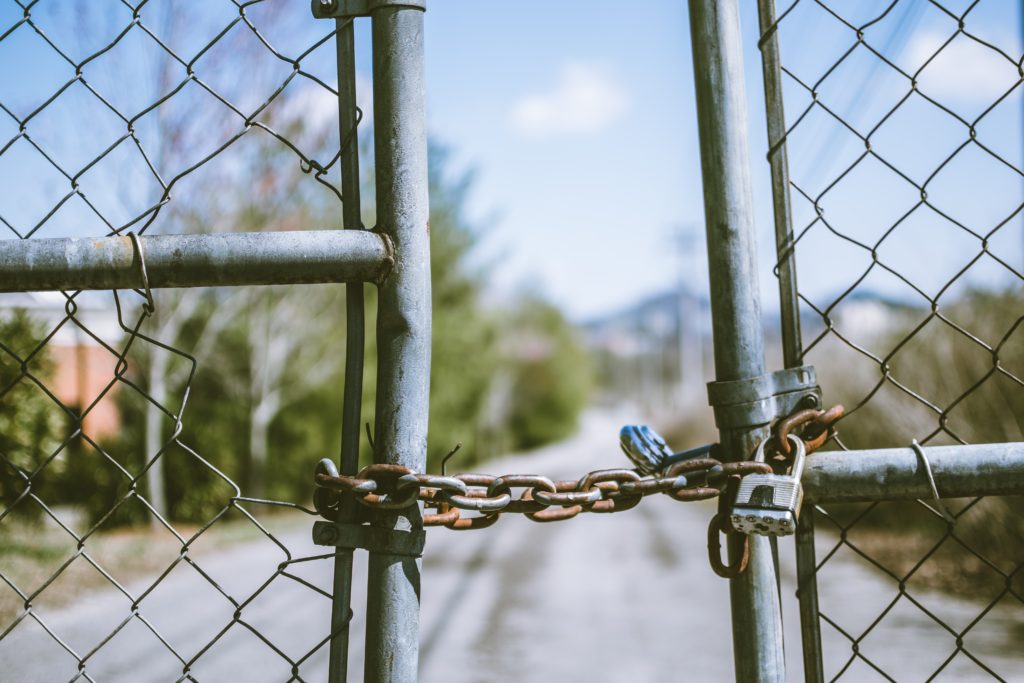The Atlantic has made a concerted effort to increase female leadership at the publication, and in many ways, it’s working. According to Nieman Lab, 63 percent of the magazine’s newsroom leaders are women, up from 17 percent just three years ago.
Yet The Atlantic’s longform pieces remain one of many white whales of gender equality in journalism. Just four of The Atlantic’s last 15 print issues included cover stories written by women, an issue that came up in this interview with the magazine’s editor-in-chief, Jeffrey Goldberg, and executive editor Adrienne LaFrance.
Goldberg received criticism for the way he acknowledged this disparity, saying, “It’s really, really hard to write a 10,000-word cover story. There are not a lot of journalists in America who can do it. The journalists in America who do it are almost exclusively white males.”
He also imagined a scenario where an employee is “33 and you’re burning with ambition, and that’s great, so let us put you on a deliberate pathway toward writing 10,000-word cover stories. It might not work. It often doesn’t. But we have to be very deliberate and efficient about creating the space for more women to develop that particular journalistic muscle.”
In The Cut, New York magazine’s editorial director Noreen Malone wrote that Goldberg’s comments are tied to a “fixation” on print cover stories “as the sacred, locked tabernacle to which only a few are granted a key.” She added: “There is also no acknowledgement that writing cover stories really isn’t this niche skill, and that actually almost any writer with a dedicated editor can write a feature.”

This point was perhaps what struck me as the most odd thing about Goldberg’s comments. As someone with a background in longform investigative reporting, the idea that lengthier pieces require a greater skill level than daily reporting doesn’t compute for me.
It’s true that long stories have inherent complexities that shorter stories don’t, especially if the piece contains investigative elements. But I find it untrue that long stories require higher skill levels, a completely different skill set and more experience than stories with low word counts. In longform, all of the same principles from daily journalism apply. The main prerequisites – and barriers for a lot of us – are time and permission.
Around the point when I realized my love for investigative journalism was when I learned that the first longform prerequisite, time, was my sworn enemy. There wasn’t any. At my hometown paper, I was on the education beat, intermittently covered cops and courts and pitched in to the site’s video project. No one had the privilege of abandoning their daily reporting responsibilities to spend weeks or longer on a single project. To fit in investigative stories, I worked off the clock in what would become a recurring theme of churlishly telling my work-life balance to screw off.
But the issue of permission is more difficult. It’s a problem that can’t be solved by hard work.
I didn’t think much about my gender in relation to journalism until several years ago, when two male editors at two separate on-site interviews asked me this question: How did you get your last job?
I frankly didn’t understand the question. The first time it was posed to me, I said, “I applied for it.” The editor said, “The reason I ask – most of the time investigative positions go to people who are older and…” before trailing off.
The second time I got this question, I asked the editor what he meant. He said he assumed I had a contact at the newspaper who had helped me get the job. Unfortunately, I’m not a “connected” person, and none of my journalism jobs were gained through knowing someone on the staff beforehand. I told the editor that I applied and they told me they were impressed by my work.
In both cases, I didn’t understand the question at face value, because why would you interview someone for a job at your organization when you didn’t think they were qualified for their last position? Why would you invite someone to an on-site interview if you think their previous work doesn’t speak for itself? In both cases, I didn’t get the job.
Situations like this put you in a weird head-space where you question if you were rejected because you suck or because you’re a woman. I’ve heard people of color express a similar sense of self-doubt connected to rejection and race. An industry responsible for accurately representing to the public what the world is like should not still fail at representing that world through its own staff’s diversity.
As Malone noted, “white guys have gambled on white guys forever.” The first pair that comes to mind is Carl Bernstein and Bob Woodward, whose work is credited with unearthing much of the Watergate saga.
Neither graduated from journalism school. Bernstein was a college drop-out. When Watergate broke, Bernstein was 28 and Woodward was 29. And yet, they were entrusted with this huge responsibility – and granted a huge amount of investigative freedom.
Really, we can read and write hundreds of think pieces about diversity in journalism. We already have. But it’s not as hard or as complicated as we’re making it. The only way to hire a diverse staff is to hire a diverse staff. The only way to increase the number of women’s bylines next to major stories is to assign them major stories. Do it. No one is stopping you.
Contact Mollie Bryant at 405-990-0988 or bryant@bigiftrue.org. Follow her on Facebook and Twitter.
An excerpt from this piece ran in our newsletter, Hard Reset. Sign up for Hard Reset here.
We’re nonpartisan and nonprofit. Support Big If True.

